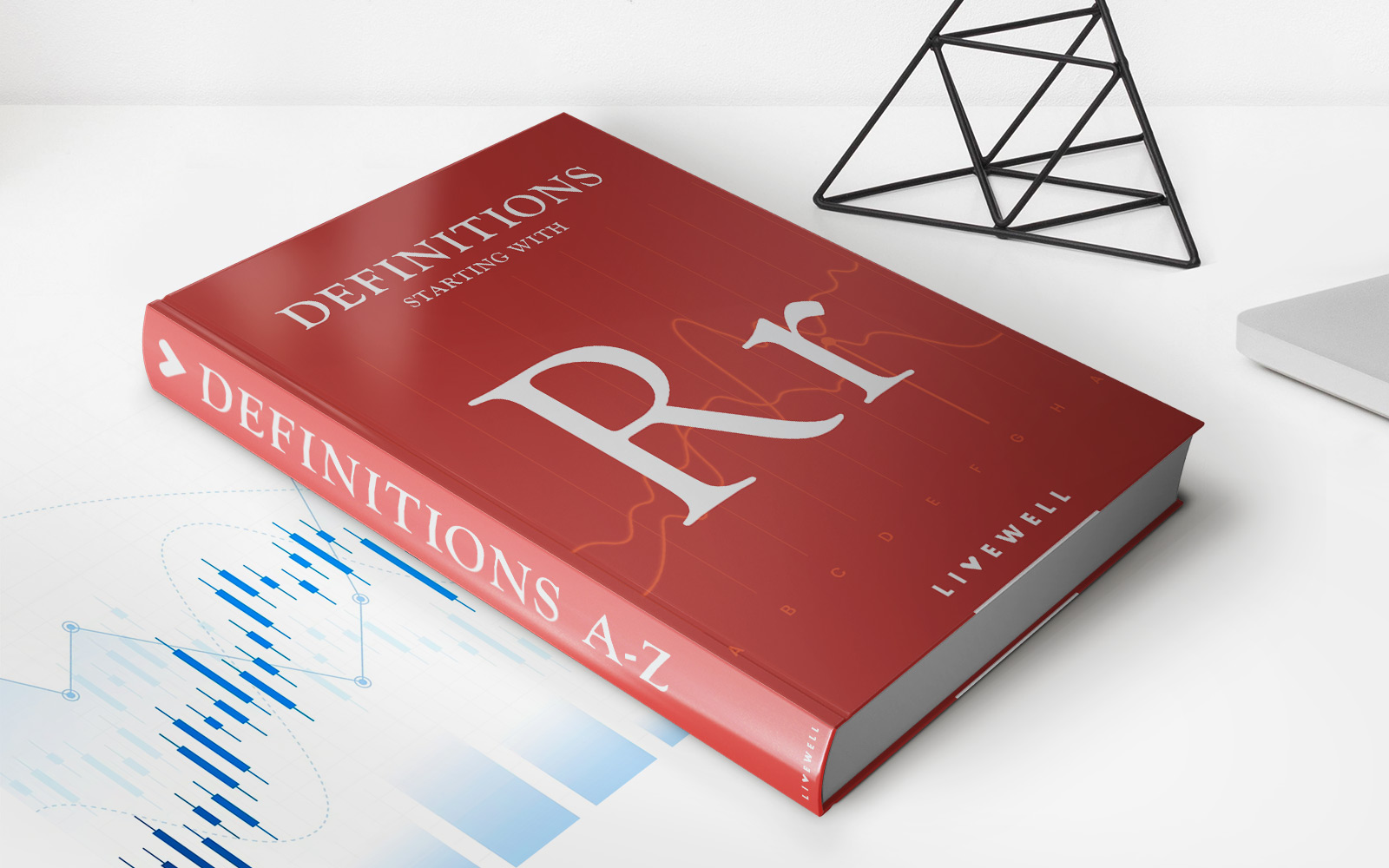Home>Finance>Working-Age Population: Definition, Importance, And Example


Finance
Working-Age Population: Definition, Importance, And Example
Published: February 19, 2024
Learn the definition, importance, and example of working-age population in finance. Explore how this demographic group impacts the economy and financial markets.
(Many of the links in this article redirect to a specific reviewed product. Your purchase of these products through affiliate links helps to generate commission for LiveWell, at no extra cost. Learn more)
Working-Age Population: Definition, Importance, and Example
Finance is a diverse and complex field that encompasses numerous topics. Today, we’re diving into the world of working-age population, an essential concept within the realm of finance. But what exactly does this term mean, and why is it so important? In this blog post, we will explore the definition, importance, and provide a real-life example to help you understand the significance of working-age population in the global economy.
Key Takeaways:
- The working-age population refers to individuals within a specific age range who are typically engaged in productive economic activities.
- Understanding the working-age population is crucial for policymakers, businesses, and investors, as it directly impacts economic growth and development.
Now that we have our key takeaways, let’s delve deeper into the definition of working-age population. Essentially, the working-age population consists of individuals who are considered capable and available to participate in the labor force. This population segment typically includes individuals who fall within a certain age range, usually between 15 and 64 years old.
1. Demographics and Labor Force Dynamics:
Demographics play a vital role in shaping the working-age population. Factors such as birth rates, mortality rates, and net migration influence the size and composition of this population segment. Understanding these dynamics helps economists, policymakers, and businesses make informed decisions that drive economic growth.
2. Economic Growth and Development:
The working-age population is a key driver of economic growth and development. A larger working-age population means more individuals are actively contributing to the economy, which leads to increased production, consumption, and innovation. It also enhances the tax base, providing governments with more resources to invest in infrastructure, healthcare, and education, thus fostering national development.
3. Example: China’s Demographic Transition:
China’s demographic transition serves as an illustrative example of the importance of the working-age population. In recent years, China has experienced a demographic shift due to its controversial One-Child Policy implemented in the late 1970s. This policy aimed to control population growth but has resulted in a significant decline in the working-age population.
As China’s population ages, the country faces challenges such as a shrinking workforce and an increasing dependency ratio – the ratio of the non-working population to the working-age population. These demographic changes have significant economic implications, impacting long-term economic growth, consumption patterns, and healthcare systems.
As we wrap up our exploration of working-age population, it becomes clear that this concept plays a vital role in shaping economies and financial landscapes. By understanding the dynamics, importance, and real-life examples like China’s demographic transition, individuals, businesses, and policymakers can make informed decisions that contribute to overall economic growth and development.
Remember, staying informed about finance-related topics, like the working-age population, can provide you with valuable insights for navigating the ever-changing financial world.














